Photo by Tim Griffith, courtesy of ZGF Architects
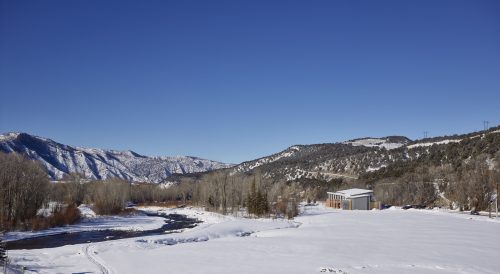
Passive Performance
The Innovation Center achieves net-zero energy, generating more energy on-site than it needs in a year. Whole-system design makes this achievement possible. We started by considering what occupants need from the building—a comfortable, pleasing, and productive space. Then we found many methods to fulfill that need most efficiently, while emitting far less carbon.
Passive Features at a Glance
- Aggressively insulate from the elements
- Capture solar heat gain in winter
- Shade from solar gain in summer
- Provide natural ventilation
- Reduce temperature swings with thermal mass
- Use daylight as the primary light source
- Control glare
- Seal all gaps for air tightness
- Generate solar electricity
- Maximize view
Passive Strategies at the Innovation Center
Photo by Tim Griffith, courtesy of ZGF Architects
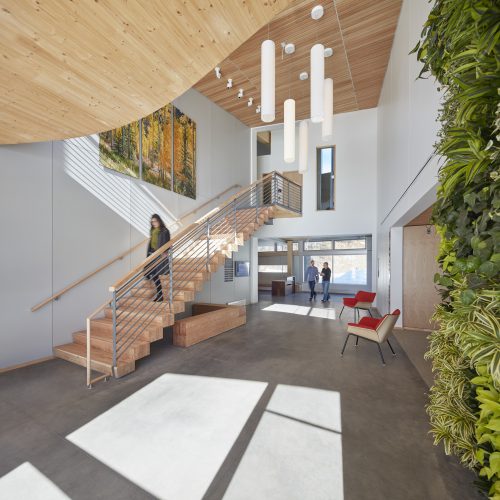
Thermal Mass
Thermal mass is critical to both passive heating and cooling. This is achieved with the building's thick concrete floors. Phase-change material (PCM) embedded in the light shelves and walls provides additional thermal storage. During cool summer nights before warmer days, the building opens up and cools down the mass in preparation for the next day.
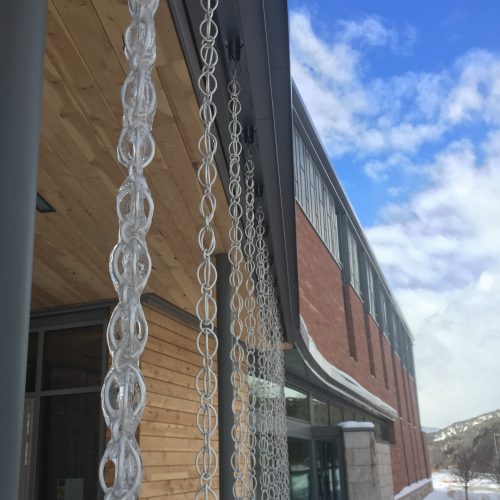
Insulation
The Innovation Center has more than triple the code required levels of insulation. This is due to R-50 walls, achieved with structural insulating panels, and R-67 roof, R-20 below slab, and R-5.6 windows (with frame) overall (with a range of 4.8–7.1).
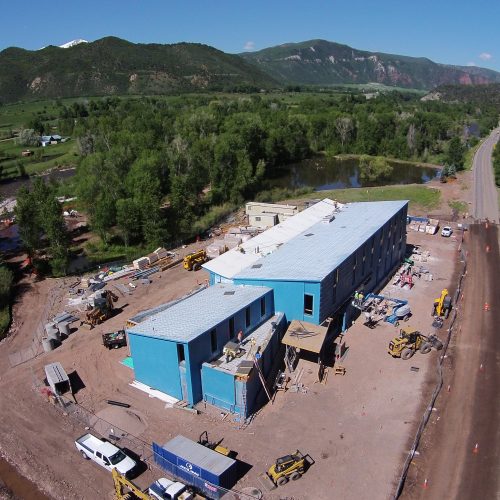
Air Tightness
One of the most airtight office buildings measured, with 0.36 air changes per hour, and 97% more airtight than the conventional commercial building, the Innovation Center uses advanced materials combined with strict construction details to avoid leakage and make the building's incredible air tightness possible. SIPs panel walls covered with two coats of air tape and air barrier applied outside the SIPs ensure tight seals among the panels.
Photo by Tim Griffith, courtesy of ZGF Architects
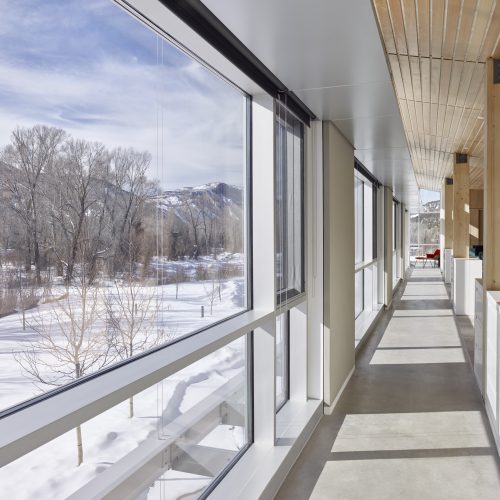
Daylighting
The building’s window area, narrow floor plate, southern orientation, and ‘butterfly’ roof design allow the building to be entirely daylit, reducing the need for energy-intensive internal lighting. The daylighting also increases productivity and reduces stress. Along the south façade, three-foot-deep interior light shelves bounce sunlight into ceiling surfaces deeper in the space, reducing interior lighting needs and controlling glare.
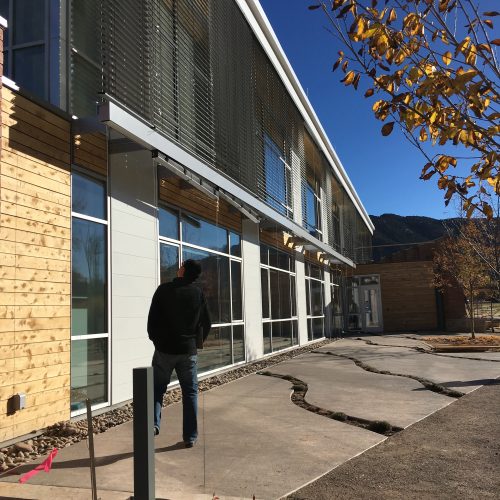
Cooling and Natural Ventilation
Cooling and natural ventilation are achieved in several ways. First, opening and closing windows with automated controls that open low-south and high-north windows creates cooling air currents. The night before particularly hot days, a night flush brings in Colorado’s cool night air to cool the mass and interior surfaces of the building, and thermal mass reduces interior temperature swings. Concrete floors serve as thermal mass that reduces interior temperature swings by absorbing cold from night air and releasing it during the daytime. Ultraefficient air-to-air heat exchangers maintain indoor air quality and temperature by passively transferring 90% of heat or cold from the outgoing air to the incoming air. This is one-quarter the size of a normal office ventilation system. Large, energy-efficient ceiling fans help move air throughout the open floor plan. Finally, exterior automated sunshades control heat gain by opening to allow sun in when it’s cold and closing to prevent overheating.
Photo by Tim Griffith, courtesy of ZGF Architects
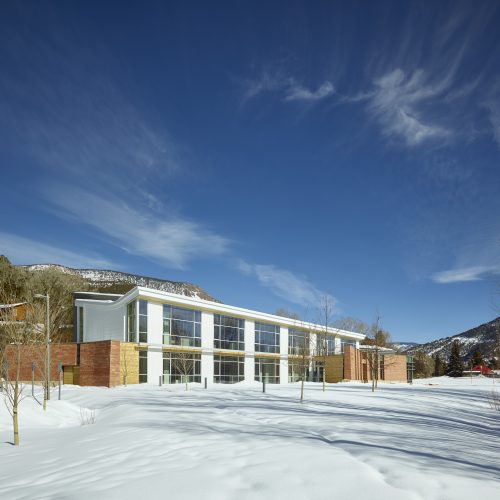
Windows
The Innovation Center window-to-wall ratio is 29% overall (52% on the south, 18% on the north, 23% on the east and 13% on the west). This is a good ratio for our cold climate since it maximizes southern gain while minimizing heat loss on the north. This design feature was heavily studied and finely tuned per facade as part of our passive design approach.